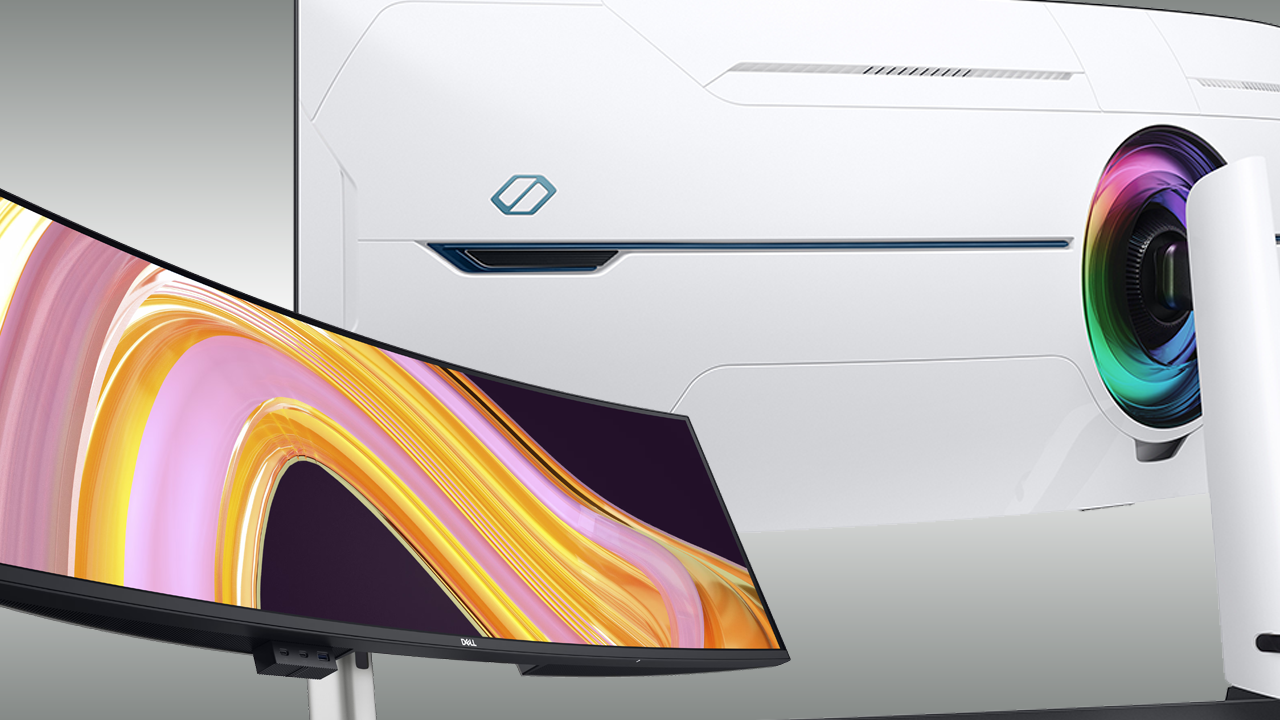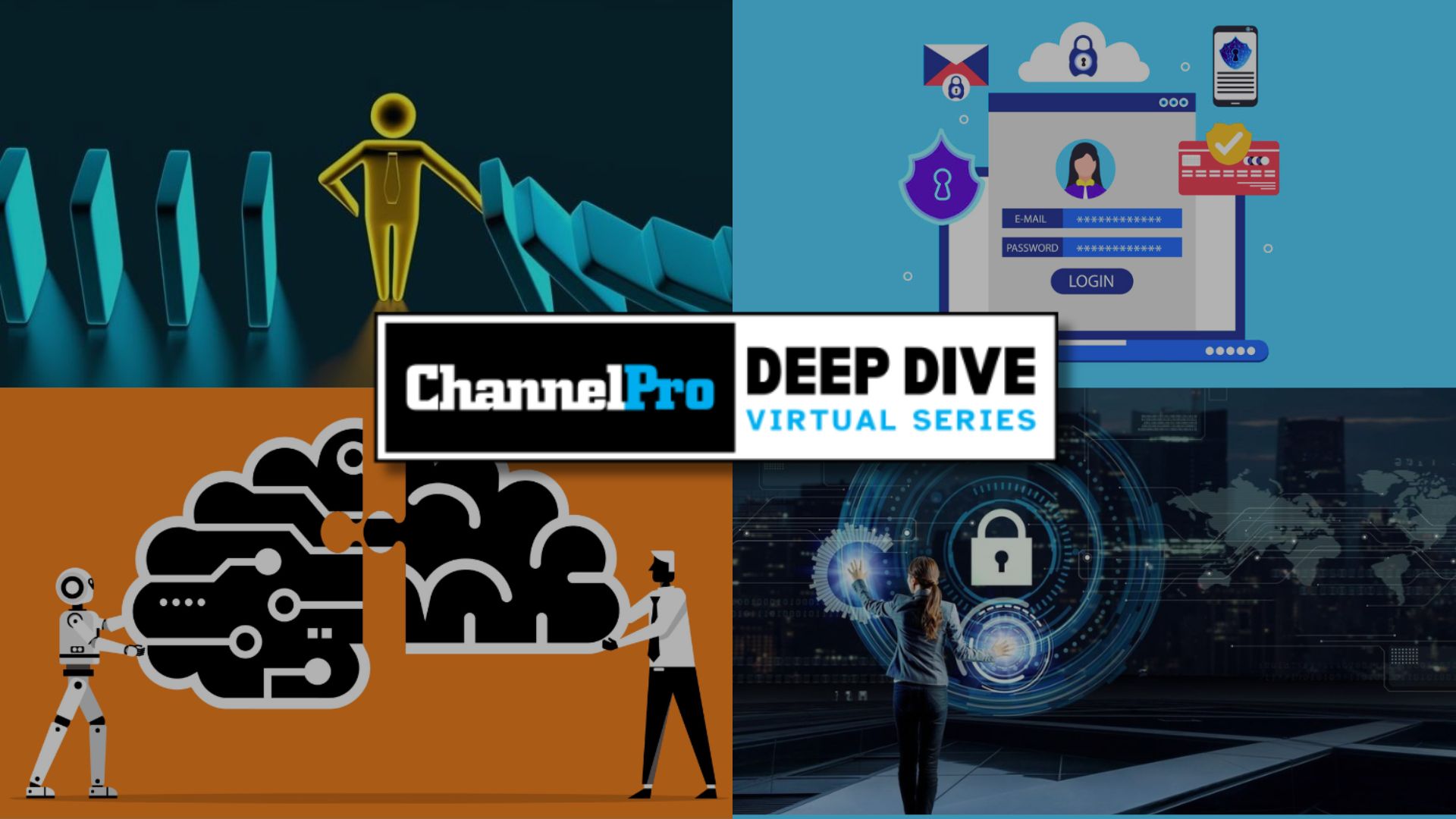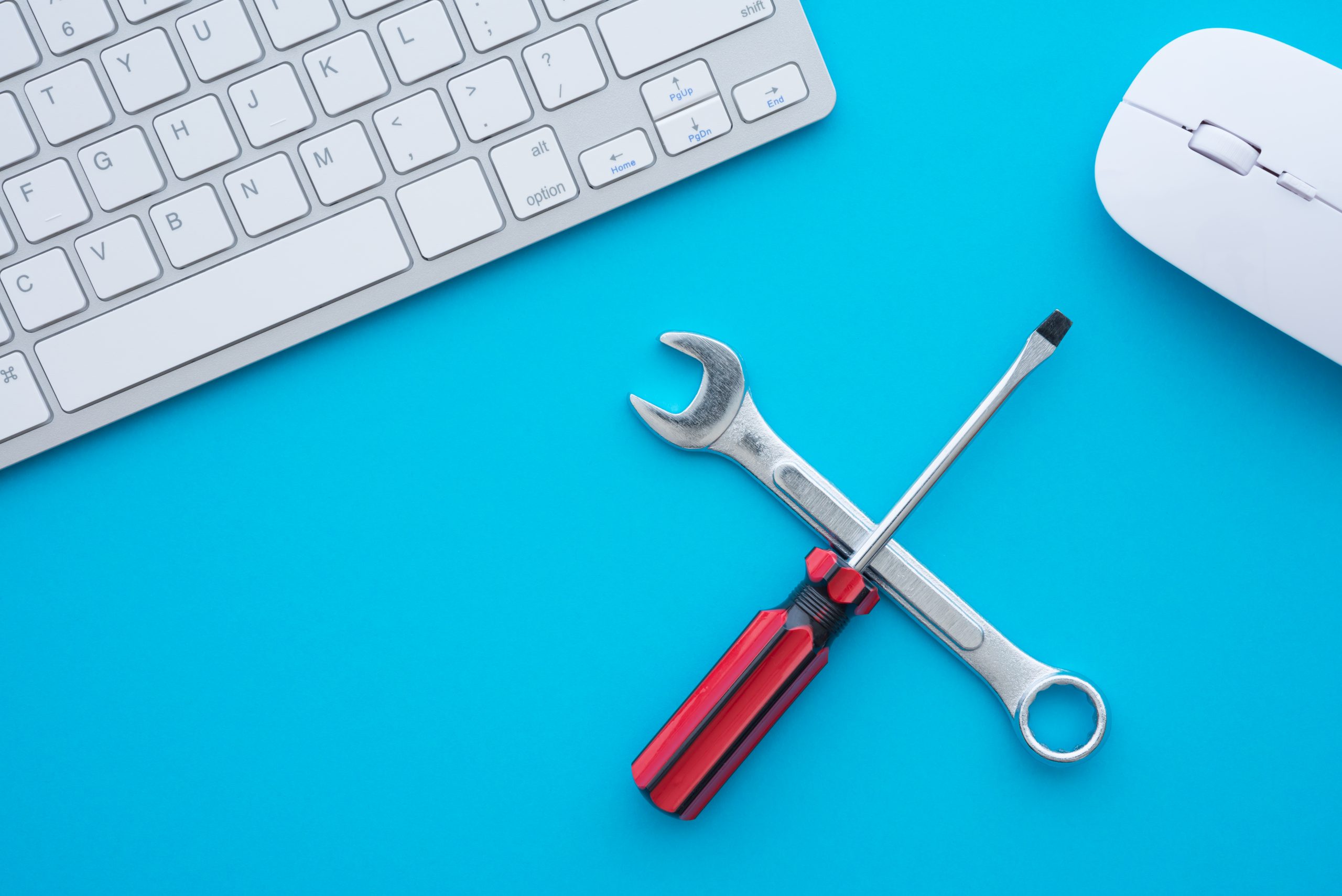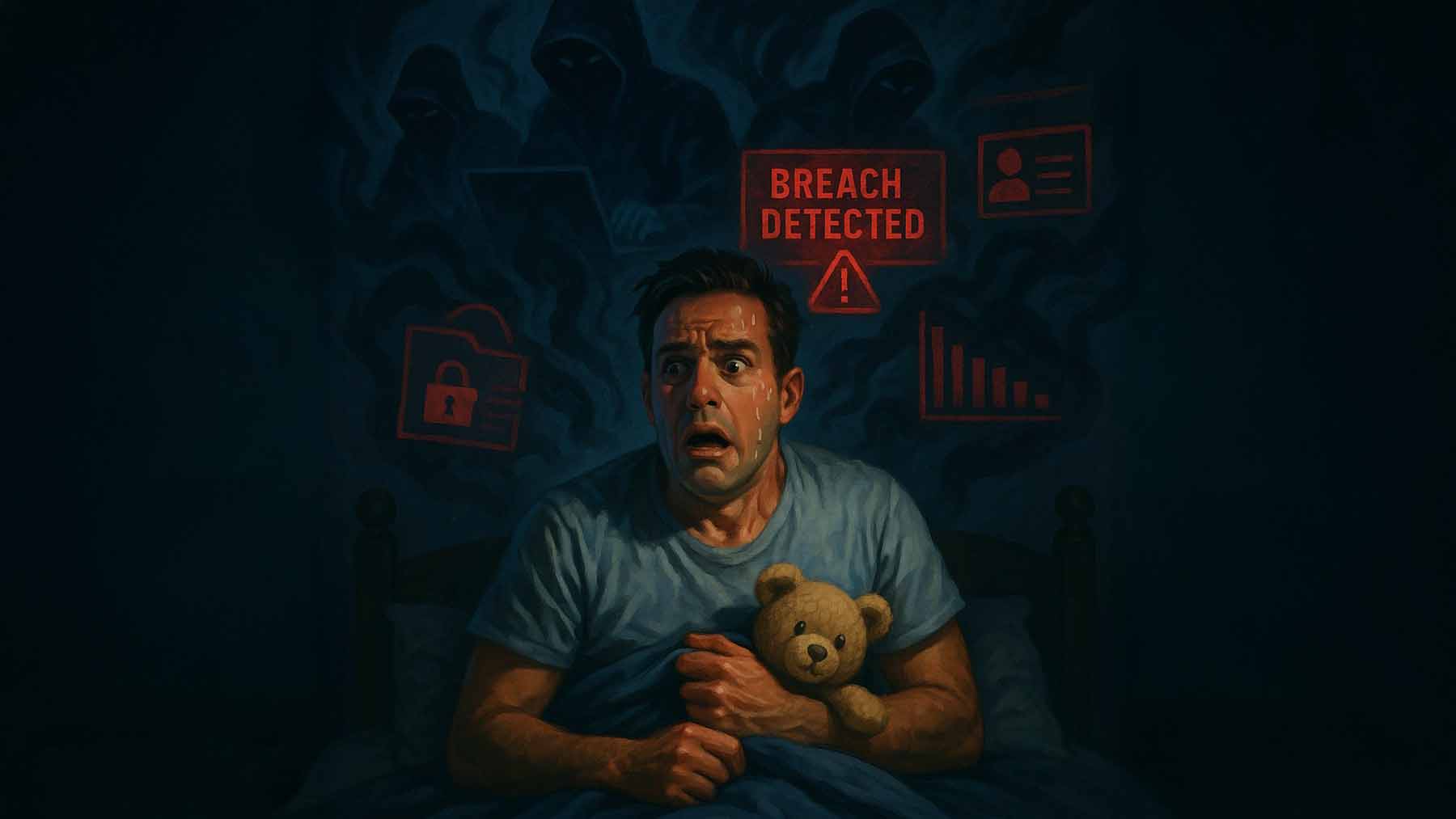THE BOOM never really came, but neither did a bust for smart glasses. Instead, the market is on a steady rise, expected to increase just over 14% from 2021 to 2025, with 61% of that originating from North America, according to research from Technavio.
That’s not much compared to the hype back in 2014 when Google debuted Google Glass, but it does represent a solid business opportunity for channel pros. Major drivers for smart glasses, or smart eyewear, are coming from industry and consumers. While augmented reality gaming among individuals normalizes head gear, automation in the industrial sector has shown the technology’s lasting usefulness. Additionally, North America will be the fastest growing region for smart glasses, according to the Technavio report, largely due to communications network advances such as 5G speeding the performance of edge devices.
What Actually Happened
Though we all remember the swift backlash against Google Glass use in public places, the smart glasses never died on the B2B side.
Percy Stocker, executive vice president of AR Americas at TeamViewer, says that while he’s seen several devices come and go over the years, smart glasses have been consistently operating under the radar since they first came on the market. TeamViewer provides cloud-based connectivity among various systems and devices for companies including Yeti, Unilever, Energizer, and drug maker GlaxoSmithKline—all of whom use smart glasses for warehouse picking.
“The assumption that it’s a total fail is wrong,” says Stocker.
Automaker Daimler and international shipping company DHL were among early, and continuing, adopters. They illustrate the main sectors where smart glasses are used today:
- Logistics—warehousing, counting, and tracking incoming/outgoing product
- Manufacturing—training for complex processes such as airplane wire harness assembly
- Field Service—pulling up operating materials while working and following up with audio or video calls for additional assistance
Eyeing Smart Sales
What’s the biggest factor in adoption? In a way, it’s style.
“In the evolution of the smart glasses that I’ve seen, the most important aspect is the ergonomics, because people will use products that they Iike to use,” says Stocker. Early models focused on field of view and ignored comfort. Vendors overlooked basic issues such as how smart glasses might conflict with people’s prescription eyeglasses.
Additionally, today’s buyers are thinking more about the ecosystem to which the glasses connect. A pure hardware sale will be quicker and easier (and smaller), but that’s like having a phone with connectivity and no app store, says Stocker. Buyers increasingly are shopping for hardware-software packages as they become better educated.
In response, MSPs can help them explore additional services such as connecting other devices to glasses or pulling data from their enterprise resource planning system. Large companies will want to know smart glass software is operable throughout their entire footprint, which might be global.
Reseller Beware
In addition to understanding customers’ business needs, channel pros should be extra savvy about the glasses themselves.
“It certainly helps if they understand the differences and can recommend a device that will work for the [given] scenario,” says Stocker.
Channel pros tend to overestimate the importance of the display size, he adds, and underestimate the importance of camera specs such as fast autofocus or image recognition. Another common mistake is focusing on battery life. Instead, a smart strategy for swapping out multiple batteries to keep the glasses running across 24/7 shifts is often more important. And, while buttons are nice, hands-free operation usually is preferred.
Finally, any channel pro building a business plan around smart glasses should note a certain volatility among manufacturers in the still-young space. Many vendor startups raised money, then quietly disappeared.
“Whatever you do, you need to be aware that certain hardware may not be around a year from now, so my recommendation is to be somewhat agnostic,” says Stocker.
Image: iStock














